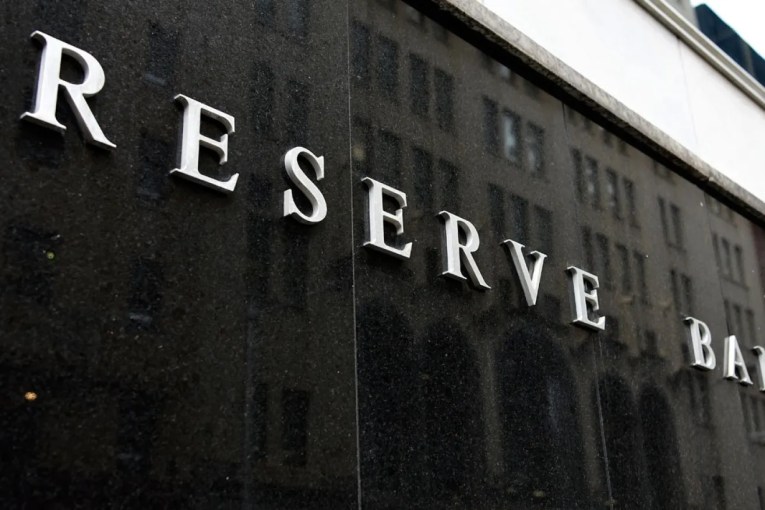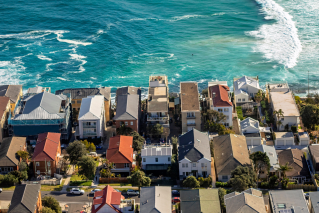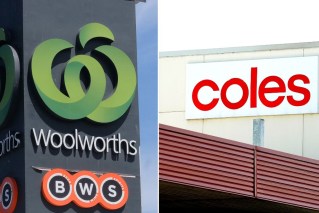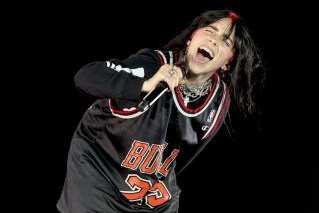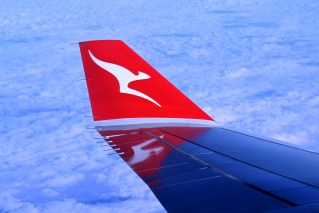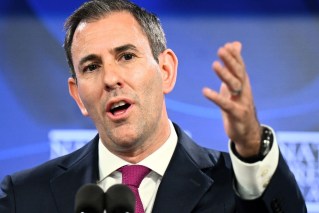RBA hikes interest rates to decade-high in first meeting of 2023

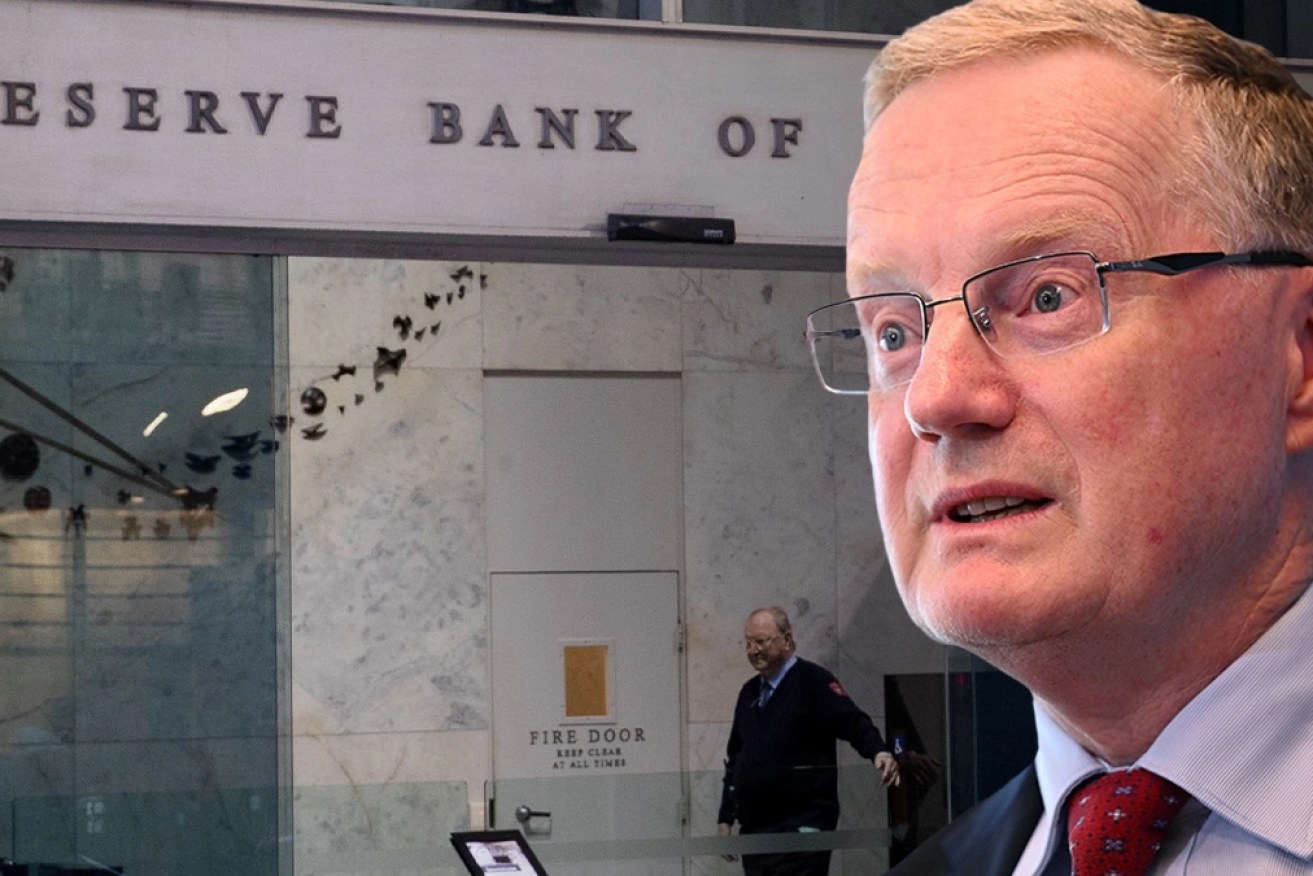
RBA governor Philip Lowe has unveiled another interest rate hike to kick off 2023. Photo: TND
The Reserve Bank has raised interest rates to a decade high 3.35 per cent at its first meeting of the year, flagging its commitment to reducing sky-high inflation during 2023.
In the ninth hike in a row on Tuesday, the RBA added 0.25 percentage points to its cash rate target, squeezing homeowners by adding another $76 to typical monthly mortgage bills.
A household paying down a $500,000, 25-year mortgage is now paying more than $900 extra every month than they were less than a year ago when interest rates were 0.10 per cent, according to RateCity data.
RBA Governor Philip Lowe said such rate hikes were needed to bring inflation – which ended last year at 7.8 per cent in annual terms – back down to the central bank’s 2 – 3 per cent target.
However, in his first public statement of 2023 on Tuesday, Dr Lowe also acknowledged the impact higher rates are having on family budgets.
“Some households have substantial savings buffers, but others are experiencing a painful squeeze on their budgets due to higher interest rates and the increase in the cost of living, he said.
Economists had widely expected the 0.25 percentage point hike on Tuesday. Experts were paying closer attention to details in Dr Lowe’s statement which might suggest what the RBA will do next, amid fears the risk of a recession is building with each interest rate rise.
At least one further rate hike in the first half of 2023 is expected, though some economists think more action may be needed to put downward pressure on inflation by squeezing family budgets.
On Tuesday Dr Lowe suggested that upcoming data on the economy – including updated reads on wages and employment – would inform their future rate decisions.
“In Australia, CPI inflation over the year to the December quarter was 7.8 per cent, the highest since 1990. In underlying terms, inflation was 6.9 per cent, which was higher than expected,” he said.
“Global factors explain much of this high inflation, but strong domestic demand is adding to the inflationary pressures in a number of areas of the economy.
“Inflation is expected to decline this year due to both global factors and slower growth in domestic demand.”
The RBA is attempting to curb inflation with higher interest rates by reducing the ability of households to increase their spending, which should make it more difficult for businesses to increase their prices.
And there’s already evidence that consumer slowdown is occurring, with retail sales volumes for the December quarter falling, according to ABS figures published on Monday.
Separate National Australia Bank (NAB) data published on Monday showed about 4 in 10 Australian consumers are cutting back on non-essential spending like holidays, entertainment and takeaway coffee.
Inflation is also expected to begin falling in 2023, though even based on RBA forecasts will remain above target for several years.
